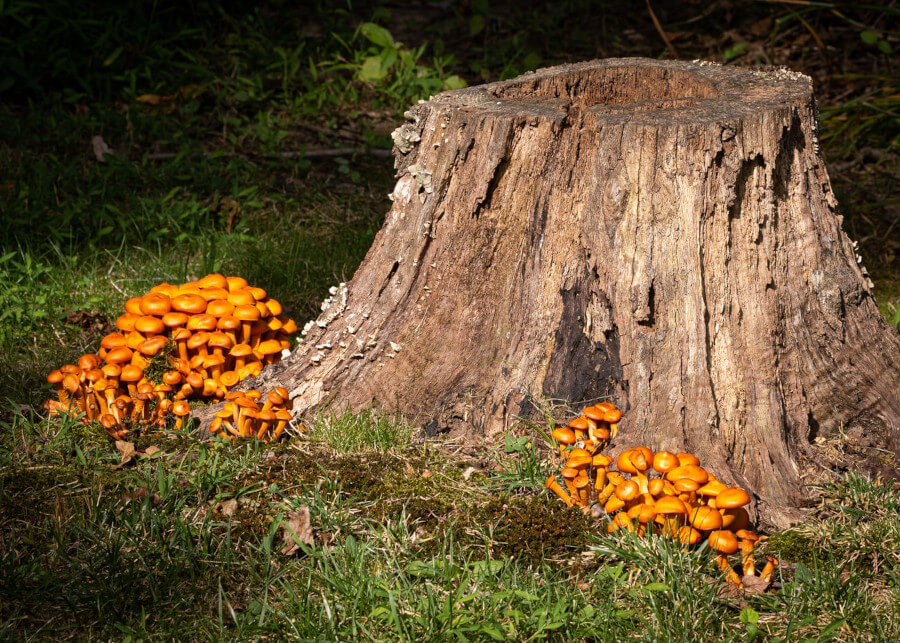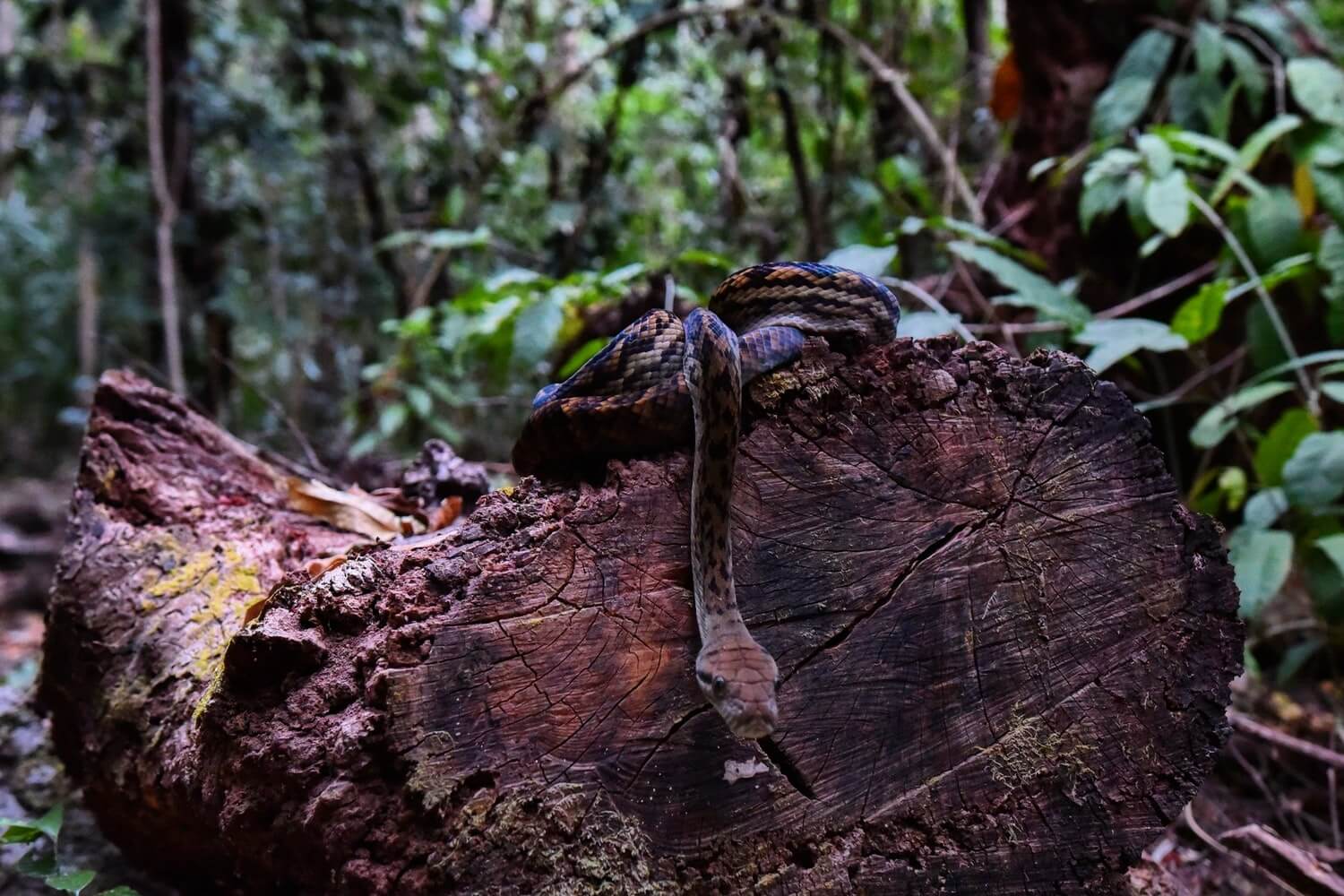A Few Reasons Why You Shouldn't Leave A Tree Stump In Your Backyard and How to Take Care of It
If you've recently removed a tree in your backyard did you fully remove it, or just cut it down at the stump? Many people like to think that stumps are far less intrusive than trees and don't pose any harm to your property. But this is a mistake. You might mistakenly think that pests and critters can't live in it and that it can't cause issues during storms anymore, but when stumps are left untreated they are a problem waiting to happen. A stump might just be a stump for now, but it can lead to all sorts of unwanted future events. Here are a few reasons why you shouldn't leave a tree stump unattended in your backyard and how to get it removed.

1. It Can Lead to Accidents and Injury
Tree stumps and younger children are not a match made in heaven. Young children tend to be careless and run around quite clumsily. If you don't have kids it can still pose a risk to those with mobility issues, causing falls resulting in cuts, and bruises. Accidents happen, and by keeping a tree stump in your yard you are inviting danger into your space.
For you and your family, it probably blends into normal life, so you forget about it until it causes an accident, and by then it is already too late. You could walk into it while carrying washing or doing other chores because you have forgotten about its existence and injure yourself. You should get them ground down and removed.
2. It Still Attracts Bugs and Other Pests
This is the most obvious reason, as, unlike fully-grown trees, stumps can't turn water into nutrients making it less desirable to pests. However, a stump becomes damp, which leads to decay and invites a host of this to nest. Ants, beetles, and most notably, termites all take full advantage of this new moist environment that is perfect for breeding. All the money saved from not removing the stump will be spent on pest control and can leave you with a bigger issue than the old tree ever caused.
3. It Promotes New Tree Growth
Most of us cut down trees for landscaping purposes. You might not have liked the amount of shade it cast on your house or were concerned about the potential danger an old tree could have if it fell during a storm. If you are having issues with the roots pushing up your foundations, cutting it down will not stop the problem. Cutting the top of the tree off eliminates the issue of it falling, but it does not mean that the tree is dead. It still has the capability and the energy to push up a new tree and unless treated it will.
4. It Obstructs Your Lawn
If a stump is causing you to conduct life around it, it might be time to get it removed.
It is a physical object obstructing your tasks. It will be easier to have it removed than having to maneuver around it.
So, Do You Do It Yourself or Do You Hire A Professional?
Now that you have seen the reasons why you should remove an old stump, you have probably decided that it is a good idea to go ahead with the removal process. The arborist from anjtreeservice.com says that by hiring a professional you are able to avoid the hassle of hiring irresponsible, unprofessional individuals. It is important to understand why it's a good idea to get a professional to grind down and remove the stump, rather than make another DIY project out of it.
Trust Their Expertise
Removing a tree stump from the ground isn't as simple as just chopping it out like you would when chopping firewood. You will need specialized equipment that is fit to do the job and should at least consult a professional before tackling it alone.
There is a specific skill set and type of knowledge that goes into uprooting a stump. A lot of things could go wrong during the removal process, and one tiny thing could lead to a whole lot more. A professional is equipped with the correct tools as well as all of the information needed to tackle any problems that could arise.
Time
When you try to remove a stump yourself it can take days or even weeks, while you figure out the right way to do it. Hiring a professional will be able to complete it in just a few short hours without as much mess.
Unless a tree stump is out of the way in the corner of your garden, you really should remove it shortly after you've cut the tree down. That one on the corner of your garden needs to be checked regularly to make sure that it is not harboring pests and other diseases that might make your garden sick.
